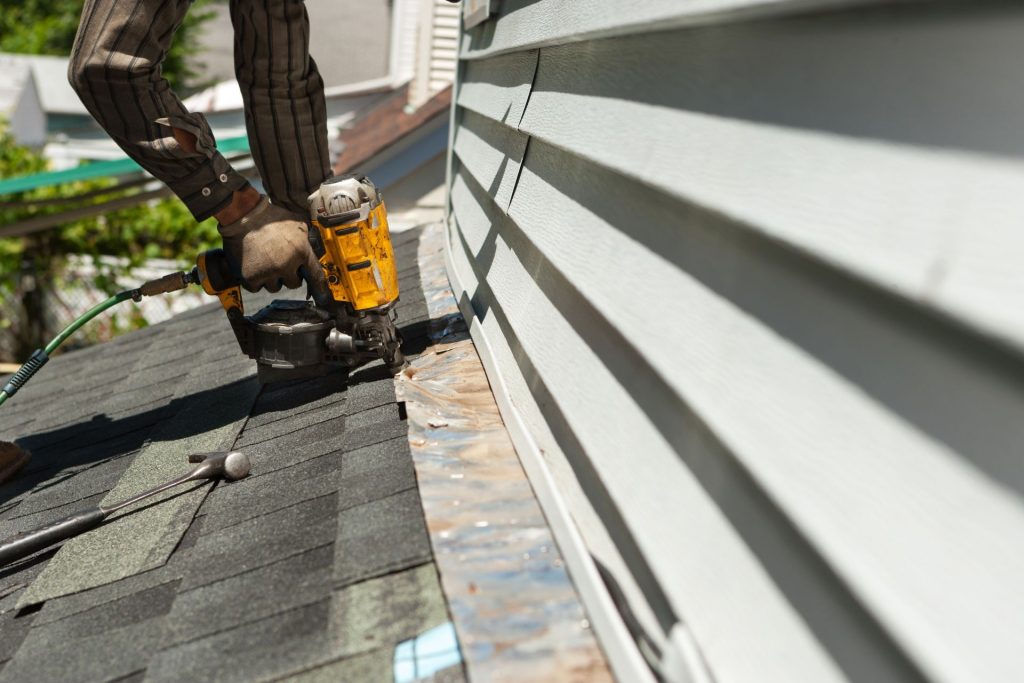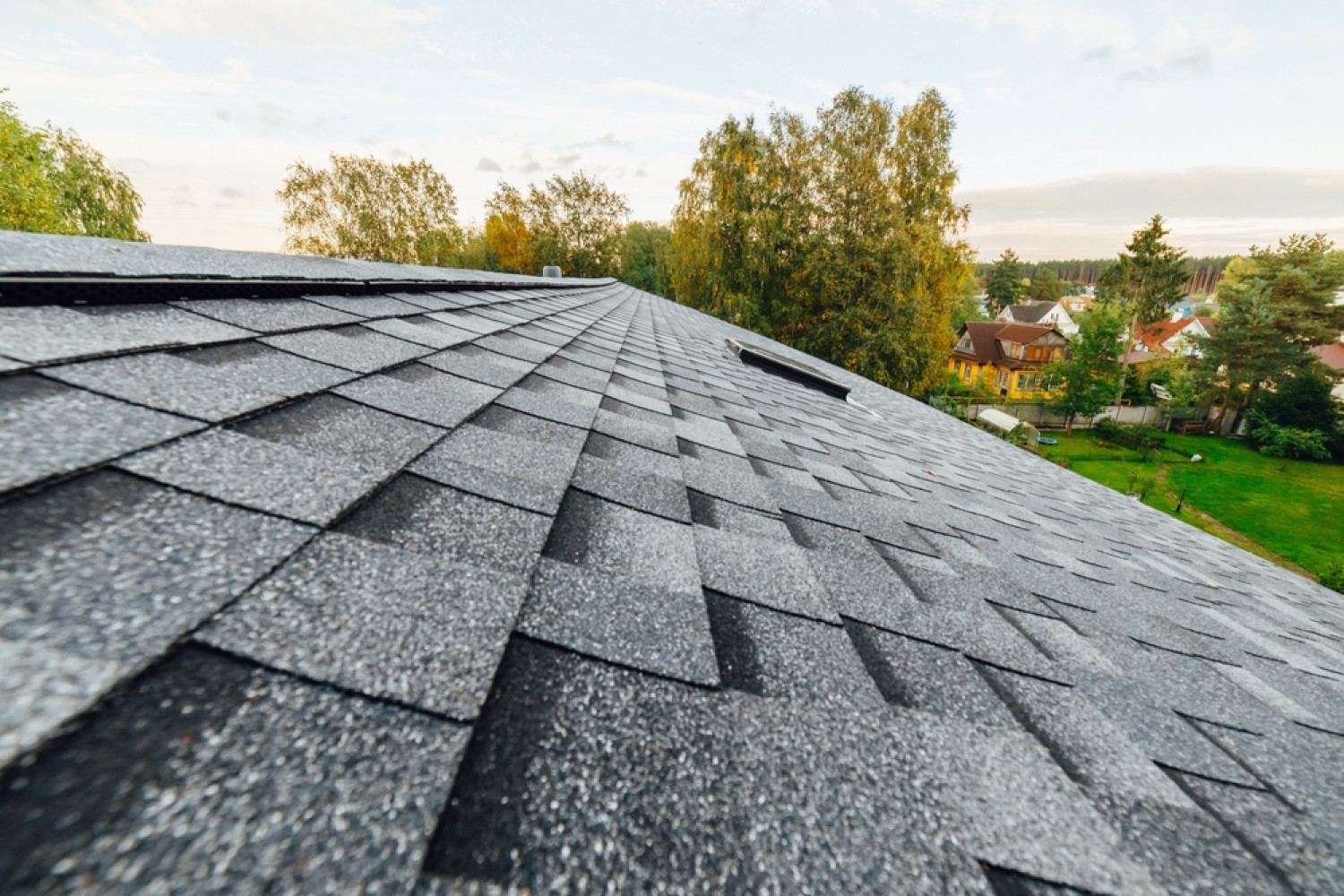Ultimate Checklist for Examining the Condition of Your Roof and Identifying Potential Issues
Checking the problem of your roof is a prudent method for any homeowner looking to protect their property investment (Keep Dry Roofing LLC). Routine assessments can reveal potential problems before they intensify into costly repairs or substitutes. By following an extensive list tailored to examine the numerous parts of your roof covering, you can gain beneficial insights into its current state and preempt any type of approaching issues. This aggressive strategy not just makes sure the long life of your roofing system but also adds to keeping the structural honesty of your home.

Roof Covering Evaluation Tools
When conducting a comprehensive assessment of a roof system, making use of suitable roof evaluation tools is vital for precise analysis and analysis. These devices aid in identifying prospective problems, evaluating the total problem of the roofing, and establishing the essential maintenance or repairs required. Among the key tools used in roof evaluations is a wetness meter, which assists determine locations of trapped wetness within the roofing system layers that could indicate leakages or water damage. Infrared thermography cams are additionally valuable as they can identify temperature level variations that may signify insulation troubles or leaks not noticeable to the nude eye. Additionally, drones furnished with high-resolution electronic cameras give airborne sights of the roof covering, permitting examiners to assess hard-to-reach locations safely.

Furthermore, an electronic camera or smartphone is crucial for recording the assessment process, capturing images of any type of damages or areas of problem for more analysis. Various other tools such as binoculars, roofing probes, and security tools like ladders and harnesses are essential for a comprehensive and risk-free roofing evaluation. By utilizing these tools properly, inspectors can carry out thorough evaluations, identify problems promptly, and suggest proper options to keep the roof covering's honesty.
Outside Roofing System Examination
To extensively assess the problem of a roof covering system, an outside roofing examination is vital to check the surface for indications of wear, damages, or potential concerns. During an outside roofing system examination, it is vital to begin by checking out the roof shingles or roofing material. Search for any type of missing out on, broken, or crinkled shingles as they can suggest water infiltration and potential leakages. Check for moss or algae growth, which can catch dampness and trigger wear and tear gradually. Furthermore, check the flashing around chimneys, vents, and skylights to guarantee they are secure and in excellent problem to stop water infiltration.

Furthermore, review the seamless gutters and downspouts for obstructions or damage that can bring about water back-up and overflow onto the roof covering (Keep Dry Roofing LLC). Cut back any type of looming branches that can scrub against the roof surface area or give simple access for parasites. Examine the total cleanliness of the roofing, as debris build-up can preserve moisture and increase roof deterioration. By carrying out a thorough exterior roof examination, homeowners can identify and deal with prospective problems prior to they escalate right into expensive repair services.
Inside Ceiling Assessment
Upon getting in the interior room, a comprehensive assessment of the ceiling is vital to determine any type of indications of water damages, leaks, or architectural problems. Begin by visually evaluating the ceiling for any type of discoloration, drooping, or peeling paint, as these can indicate water seepage from the roofing system. Search for water discolorations or mold development, which are clear signs of a leak. Pay close focus to any type of areas where the ceiling fulfills the wall surfaces or where lighting fixtures are mounted, as these prevail spots for water intrusion. Furthermore, look for any type of indications of drooping or disproportion in the ceiling, which can recommend structural problems that need instant attention. Make use of a flashlight to examine hard-to-reach corners and gaps extensively. Any mildewy odors or dampness in the air need to also raise problems regarding prospective roof covering concerns. Taking the time to examine the interior ceiling can help discover roofing troubles early on and prevent more damage to the home.
Attic Examination
A comprehensive inspection of the attic room is necessary in assessing the overall problem and efficiency of the roof system. The attic room functions as a critical element of the roof, giving understandings right into potential problems that may not be visible from the exterior or inside of the house. During the attic room evaluation, it is essential to check for indicators of water damages, such as water stains, mold and mildew development, or decomposing wood, which might suggest a leakage in the roofing. In addition, check the insulation for any kind of signs of damage or compression, as appropriate insulation is crucial for keeping energy effectiveness and avoiding ice dams. Try to find sufficient ventilation to make certain that excess warmth and dampness are being appropriately aerated out of the attic room to avoid moisture-related issues. Take a look at the attic structure for any kind of signs of sagging or damages, as these issues can endanger the honesty of the whole roofing system. Routinely evaluating the attic can aid recognize potential roofing issues at an early stage, enabling timely fixings and upkeep to extend the life expectancy of the roof.
Addressing Common Roof Covering Problems
Recognizing and promptly settling usual roofing system troubles is essential in keeping the structural stability and longevity of a roof. Among the most regular problems home owners encounter is a dripping roofing system, typically brought on by harmed or missing out on tiles, improper installation, or shabby flashing. It's important to deal with leaks without delay to avoid water damages to the interior of the residential property and prospective mold growth. One more usual problem is roofing system air flow concerns, which can cause excess warm and go moisture build-up in the attic, triggering early degeneration of the roofing materials. Poor ventilation can also lead to greater energy expenses as a result of inefficient temperature policy. Additionally, the buildup of particles such as fallen leaves, branches, or snow on the roofing can obstruct drainage systems and result in water pooling, which might at some point trigger roof leaks or architectural damage. Normal assessments and maintenance can aid determine and deal with these common roof covering issues before they intensify into more considerable issues.
Verdict
Finally, a detailed examination of your roof covering system is important to identify potential problems and make certain the overall problem of your roof. By utilizing the proper tools and carrying out exterior, attic room, and inside evaluations, common roof covering troubles can be addressed without delay. Routine maintenance and timely fixings can aid avoid considerable damage and lengthen the life-span of your roof covering.
One of the primary tools used in roofing system evaluations is a dampness meter, which aids determine areas of you could try these out caught dampness within the roofing layers that could indicate leaks or water damage. Various other devices such as field glasses, roofing system probes, and safety and security devices like harnesses and ladders are crucial for a secure and thorough roof assessment.To extensively analyze the original source the condition of a roof covering system, an outside roof covering examination is necessary to check the surface for indications of wear, damages, or prospective concerns. Examine the total cleanliness of the roof, as particles accumulation can keep wetness and increase roof covering wear and tear. Keep Dry Roofing LLC. In addition, the build-up of particles such as leaves, branches, or snow on the roofing can obstruct drainage systems and lead to water pooling, which might eventually create roofing leaks or architectural damage